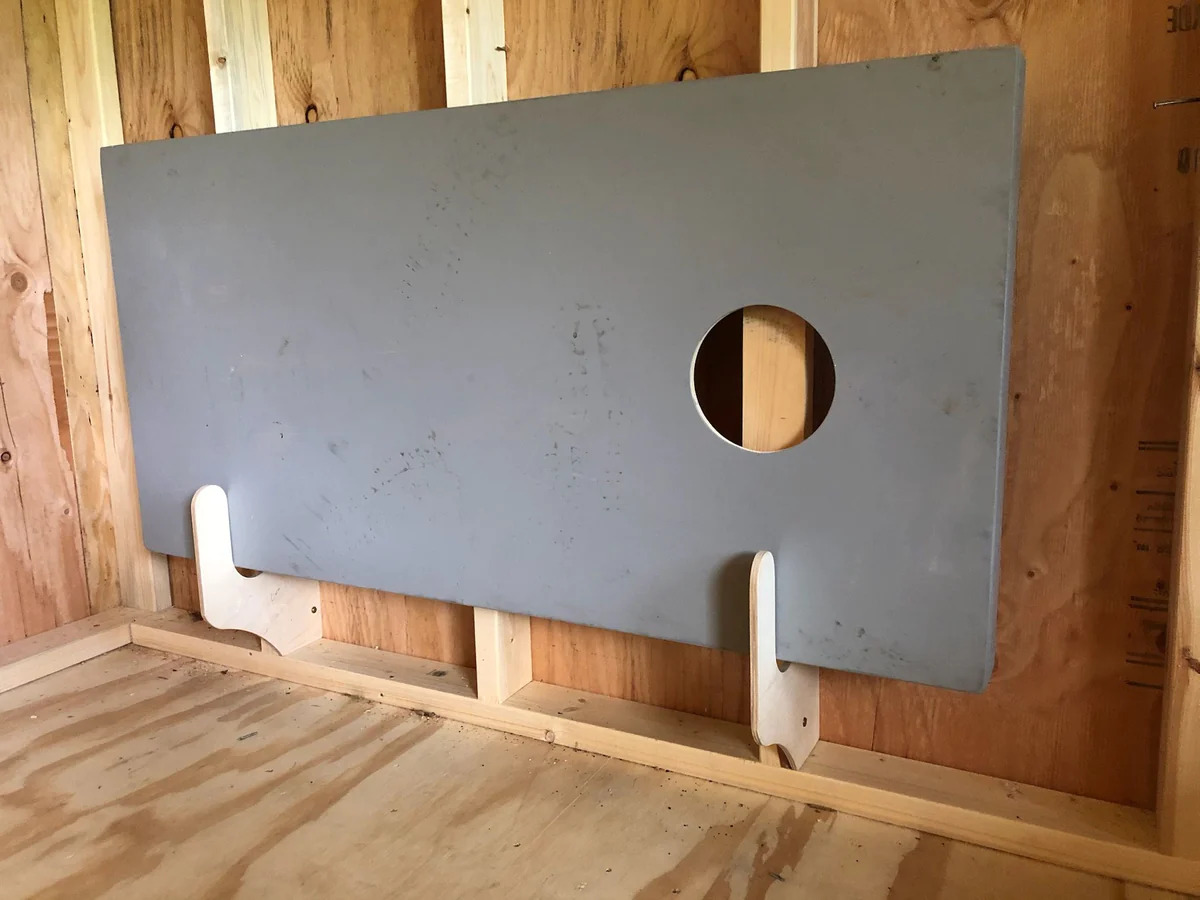

Articles
How To Store Corn Hole Boards
Modified: September 2, 2024
Looking for articles on how to store corn hole boards? Find expert tips and tricks to keep your boards in top condition for the next game!
(Many of the links in this article redirect to a specific reviewed product. Your purchase of these products through affiliate links helps to generate commission for Storables.com, at no extra cost. Learn more)
Introduction
Whether you’re a professional cornhole player or just enjoy playing the game with friends and family, properly storing your cornhole boards is essential to keeping them in good condition. Cornhole boards are typically made of wood or plastic, and they can be easily damaged if not stored correctly. In this article, we will discuss the importance of storing cornhole boards properly and provide you with some helpful tips to ensure longevity and protection for your boards.
When it comes to storing your cornhole boards, there are a few factors to consider. First, you need to choose the right storage space. It should be dry, climate-controlled, and free from excessive moisture or humidity. This will help prevent warping, splitting, or any other damage that can be caused by environmental factors.
Before storing your cornhole boards, it’s important to clean them thoroughly and remove any debris. This includes dirt, dust, or any leftover corn kernels that may be stuck to the surface. Cleaning the boards will not only help maintain their appearance but also prevent any potential damage or deterioration caused by dirt and debris.
Next, if your cornhole boards are made up of multiple parts, such as a separate top and frame, it’s a good idea to disassemble them before storage. This will help save space and reduce the risk of damage during transportation or while in storage. Make sure to label or keep all the necessary parts together, so you can easily reassemble them when you’re ready to play again.
Key Takeaways:
- Properly storing cornhole boards is crucial to prevent damage. Choose a dry, climate-controlled space, clean boards thoroughly, disassemble if needed, and use protective covers for indoor or outdoor storage.
- Regular inspection and maintenance are key to preserving cornhole boards. Follow manufacturer’s instructions, store accessories separately, and consider hanging storage for efficient organization and protection.
Choosing the Right Storage Space
When it comes to storing your cornhole boards, selecting the proper storage space is crucial. The ideal storage space is one that is dry, climate-controlled, and protected from excessive moisture or humidity. Here are some factors to consider when choosing the right storage space for your cornhole boards:
- Indoor vs. outdoor storage: While storing your cornhole boards indoors is generally preferred, some people may not have enough space indoors. If you don’t have an indoor storage option, consider alternatives such as a garage, shed, or covered patio. The key is to protect the boards from direct exposure to the elements.
- Climate control: If possible, choose a storage space that is climate-controlled. Extreme heat, cold, or fluctuations in temperature can cause the boards to warp or crack. If you must store them in a non-climate-controlled area, make sure to take extra precautions, such as using insulation or covers to protect them.
- Avoiding moisture: Moisture is the enemy of cornhole boards as it can cause them to warp, rot, or develop mold and mildew. Make sure your storage space is dry and well-ventilated. If you live in a humid climate, consider using dehumidifiers or moisture-absorbing products to maintain optimal conditions.
- Protection from pests: Pests such as rodents or insects can cause damage to your cornhole boards. Ensure your storage space is properly sealed and protected from any potential invasions. Consider using pest repellents or traps, especially if you’re storing your boards in an outdoor area.
By choosing the right storage space for your cornhole boards, you’ll minimize the risk of damage and extend their lifespan. Remember, a well-maintained storage environment is essential for preserving the quality and durability of your boards, ensuring countless hours of fun and entertainment for years to come.
Cleaning and Removing Debris
In order to maintain the longevity of your cornhole boards and keep them in top condition, regular cleaning is essential. Here are some steps to effectively clean and remove debris from your boards:
- Brush off loose debris: Begin by using a soft-bristle brush or broom to sweep off any loose dirt, dust, or leaves from the surface of the boards. Pay close attention to the corners and edges where debris may accumulate.
- Wipe down with a damp cloth: After brushing off the loose debris, dampen a clean cloth with water or a gentle cleaning solution and wipe down the entire surface of the boards. This will help remove any stubborn dirt or stains that the brush may have missed.
- Remove sticky residue: If there are any sticky or adhesive residues on the boards, such as leftover tape or labels, use a mild solvent or adhesive remover to gently rub it away. Be sure to follow the manufacturer’s instructions for using the solvent and test it on a small, inconspicuous area first to ensure it does not damage the surface of the boards.
- Inspect for damage: While cleaning your cornhole boards, take the time to inspect them for any signs of damage or wear. Look for cracks, splintering, or loose screws. If you notice any issues, address them promptly to prevent further damage and maintain the integrity of the boards.
It’s important to note that excessive use of water or harsh chemicals can damage the surface or finish of your cornhole boards. Avoid using abrasive cleaners, bleach, or any cleaning products that are not specifically recommended for use on wood or plastic surfaces. Always refer to the manufacturer’s instructions and guidelines for cleaning and maintenance.
By regularly cleaning your cornhole boards and removing debris, you not only keep them looking their best but also help prevent any potential damage that can be caused by dirt, grime, or other environmental factors. With just a little bit of maintenance, your boards will stay in great shape and continue to provide fun and entertainment for years to come.
Disassembling the Corn Hole Boards
If your cornhole boards are made up of multiple parts, such as a separate top and frame, it’s often beneficial to disassemble them before storing. Disassembling the boards not only saves space but also reduces the risk of damage during transportation or while in storage. Here are some steps to disassemble your cornhole boards properly:
- Gather the necessary tools: Before you begin disassembling your cornhole boards, make sure you have the necessary tools handy. This may include a screwdriver, wrench, or any other tools specific to your particular board model.
- Remove the legs: Start by detaching the legs from the frame of the cornhole boards. In most cases, this can be achieved by removing the screws or fittings that hold them in place. Use a screwdriver or the appropriate tool to loosen and remove the fasteners, being careful not to strip the screws or damage the boards.
- Separate the top and frame: Once the legs are removed, you can proceed to separate the top of the cornhole board from the frame. This is typically done by unscrewing the bolts or screws that secure the top to the frame. Carefully remove each fastener, ensuring they are stored in a safe place for reassembly later.
- Label or organize the parts: It’s important to label or organize the different parts of your cornhole boards to easily identify and reassemble them later. You can use tape, markers, or even small labeled bags to keep everything organized. This will help avoid any confusion or misplaced parts when you’re ready to put the boards back together.
By disassembling your cornhole boards, you not only save space during storage but also reduce the risk of damage. The separated parts are less likely to get scratched, dented, or broken. Additionally, disassembling the boards makes them easier to transport if you need to take them to a different location for storage or use.
When the time comes to reassemble your cornhole boards, refer to the manufacturer’s instructions or use the labels you made to ensure the pieces are properly aligned and secured. Taking the time to disassemble and reassemble your boards correctly will help maintain their structural integrity and ensure years of enjoyment and fun.
Wrapping and Protecting the Boards
When it comes to storing your cornhole boards, proper wrapping and protection are crucial to prevent damage and ensure their longevity. Here are some steps to effectively wrap and protect your boards:
- Use a protective cover: Invest in a high-quality protective cover specifically designed for cornhole boards. These covers are typically made of durable materials like canvas or polyester that provide protection against dust, moisture, and scratches. Make sure the cover fits snugly over the boards and secure it properly to prevent it from shifting or slipping off.
- Consider using a protective bag: If a cover is not available or you want an extra layer of protection, consider using a padded storage bag. These bags often have foam or cushioning inside to provide additional protection against impacts or accidental bumping. They also typically have handles or straps for easy transportation.
- Wrap the boards in blankets or towels: If you don’t have access to a protective cover or bag, you can wrap your cornhole boards in thick blankets, towels, or moving blankets. This will protect them from dust and scratches. Secure the wrapping with tape or bungee cords to keep it in place.
- Store boards vertically: When wrapping and storing your cornhole boards, it’s generally best to store them vertically rather than flat. Storing them upright helps prevent warping or bending of the boards over time. Make sure the boards are standing securely and won’t topple over during storage.
- Avoid stacking heavy objects on top: When storing your wrapped cornhole boards, be mindful of placing heavy objects on top of them. Excessive weight can cause pressure and deformation on the boards, leading to damage. Instead, store the boards in a separate area where they won’t be subject to excessive weight or pressure.
Properly wrapping and protecting your cornhole boards not only keeps them safe from dust, moisture, and scratches, but it also helps maintain their structural integrity. By investing in the right protective cover or bag and storing the boards in an upright position, your boards will be ready to use whenever you want to enjoy a game of cornhole.
Remember, regular inspection and maintenance of the wrapping materials are important. Check for any signs of wear, tears, or moisture accumulation. Replace or repair the covering materials as needed to ensure continuous protection for your cornhole boards.
Store corn hole boards in a dry, cool place to prevent warping. Keep them out of direct sunlight and extreme temperatures. Store them vertically to save space.
Read more: How Many Seeds Of Corn Per Hole
Storing Indoors
Storing your cornhole boards indoors is generally the preferred option as it provides better protection against environmental factors. Here are some tips for storing your cornhole boards indoors:
- Select a dry and climate-controlled area: Choose a storage space indoors that is dry and climate-controlled. This could be a closet, basement, or spare room. Avoid areas that are prone to high humidity or fluctuations in temperature, as these can cause damage to the boards.
- Keep them off the ground: Elevate your cornhole boards off the ground to avoid any potential moisture or water damage. You can use storage racks, shelves, or even sawhorses to keep the boards off the floor.
- Position them vertically: Store the boards in an upright position to prevent warping or bending over time. You can lean them against a wall or use a specially designed storage stand to keep them upright.
- Use protective coverings: Wrap your cornhole boards with a protective cover or place them in a padded storage bag to prevent dust, scratches, and any potential damage. Make sure the boards are fully covered and securely fastened to provide maximum protection.
- Avoid exposure to direct sunlight: Keep your cornhole boards away from direct sunlight as prolonged exposure to UV rays can cause fading, discoloration, or warping. Consider covering windows or using blinds or curtains to block out the sunlight in the storage area.
Storing your cornhole boards indoors not only provides optimal protection but also ensures they are easily accessible for impromptu games or gatherings. By following these tips and taking proper care of your cornhole boards, you can enjoy countless hours of fun without worrying about damage or deterioration.
Remember to periodically inspect and clean the boards during the storage period to maintain their condition and address any maintenance needs promptly. With proper storage indoors, your cornhole boards will be ready for action whenever you want to invite friends over for a friendly competition or have some family fun.
Storing Outdoors
If you don’t have sufficient indoor storage space for your cornhole boards, storing them outdoors can be a viable option. However, it’s important to take extra precautions to protect the boards from the elements. Here are some tips for storing your cornhole boards outdoors:
- Choose a sheltered area: Find a sheltered area outdoors where the boards will be protected from direct exposure to rain, sun, and other harsh elements. This could be a covered patio, a shed, or a designated outdoor storage unit specifically designed for weather-resistant storage.
- Use waterproof covers: Invest in high-quality waterproof covers designed specifically for outdoor use. These covers should be made of durable materials that can withstand rain, snow, and UV rays. Make sure the covers fit securely over the boards and are fastened to prevent them from blowing off in windy conditions.
- Elevate the boards: Place your cornhole boards on a raised surface to prevent them from sitting in pooled water or getting damaged by moisture. You can use pallets or outdoor shelves to elevate the boards off the ground. This will help prevent warping, rot, or any other water-related damage.
- Secure the boards: Use straps or bungee cords to secure the cornhole boards to prevent them from tipping over or getting displaced during strong winds or storms. Make sure they are securely fastened and stable to ensure their safety.
- Regularly inspect and clean: Regularly inspect your cornhole boards for any signs of damage, pests, or moisture accumulation. Clean them as needed to keep them free from debris or dirt. Address any issues or necessary maintenance promptly to avoid further damage or deterioration.
Storing your cornhole boards outdoors requires extra attention to protection and maintenance. By following these tips and investing in proper covers and storage solutions, you can ensure that your cornhole boards remain in good condition and ready for use whenever you want to enjoy a game or entertain guests outdoors.
It’s important to note that outdoor storage may still expose your cornhole boards to some level of moisture, extreme temperatures, or other environmental factors. Therefore, periodic inspection, cleaning, and maintenance are crucial to address any potential issues and preserve the quality and lifespan of your cornhole boards.
Additional Tips for Proper Storage
Proper storage of your cornhole boards is essential to maintain their condition and ensure longevity. Here are some additional tips to keep in mind for proper storage:
- Follow manufacturer’s instructions: Always refer to the manufacturer’s instructions and guidelines for storing your specific cornhole boards. They may provide specific recommendations or considerations based on the materials, construction, or unique features of the boards.
- Keep away from extreme temperatures: Avoid storing your cornhole boards in areas that are exposed to extreme temperatures, such as garages or attics. Extreme heat or cold can cause warping, cracking, or other damage to the boards. Opt for climate-controlled storage whenever possible.
- Store accessories separately: If you have accessories such as bean bags or scoreboards, store them separately from the cornhole boards. This will prevent any potential damage to the boards caused by shifting or rubbing against each other.
- Label and organize: Labeling and organizing the various components and accessories of your cornhole boards will make it easier to locate and reassemble them when needed. Use labels, tape, or storage containers to keep everything organized and minimize the risk of misplacing or losing parts.
- Inspect and maintain: Regularly inspect your cornhole boards for any signs of damage, wear, or pest infestation. Address any maintenance or repair needs promptly to prevent further deterioration. Clean the boards periodically to remove dirt, debris, or any potential contaminants.
- Consider hanging storage: If space permits, hanging your cornhole boards on the wall can be a practical storage solution. This not only saves space but also keeps them out of harm’s way and reduces the risk of damage from being stacked or stored in a crowded area.
By following these additional tips for proper storage, you can ensure that your cornhole boards are well-preserved and ready for use whenever you want to enjoy a game. Remember that proper care and maintenance go a long way in prolonging the lifespan of your boards and ensuring countless hours of fun and entertainment.
Lastly, remember to periodically check on your stored cornhole boards to ensure their condition and address any issues promptly. With proper storage, your cornhole boards will remain in excellent shape for years to come.
Conclusion
Proper storage of your cornhole boards is essential to ensure their longevity and maintain their condition. Whether you have limited indoor space or need to store them outdoors, following the right storage techniques will help protect your boards from environmental factors and potential damage. By choosing the right storage space, cleaning and removing debris, disassembling the boards if necessary, and wrapping them with protective covers, you can safeguard your cornhole boards from dust, moisture, and scratches.
If you are fortunate to have indoor storage space, ensure that it is dry, climate-controlled, and free from excessive moisture or humidity. Store your boards vertically and use protective covers or bags to prevent damage. In contrast, if you must store your cornhole boards outdoors, find a sheltered area and utilize waterproof covers or bags to shield them from the elements. Elevating the boards, securing them properly, and regularly inspecting and cleaning them are important steps to consider for both indoor and outdoor storage.
Remember to follow the manufacturer’s instructions, store accessories separately, label and organize the components, and periodically inspect and maintain the boards for signs of damage or pests. By taking these additional measures, you can ensure that your cornhole boards remain in excellent condition and ready for use whenever you want to enjoy a game with friends and family.
Proper storage may require some time and effort, but the benefits are well worth it. With the right storage techniques, your cornhole boards will continue to provide fun and entertainment for years to come. So, make sure to implement these storage tips and enjoy endless hours of cornhole fun!
Frequently Asked Questions about How To Store Corn Hole Boards
Was this page helpful?
At Storables.com, we guarantee accurate and reliable information. Our content, validated by Expert Board Contributors, is crafted following stringent Editorial Policies. We're committed to providing you with well-researched, expert-backed insights for all your informational needs.
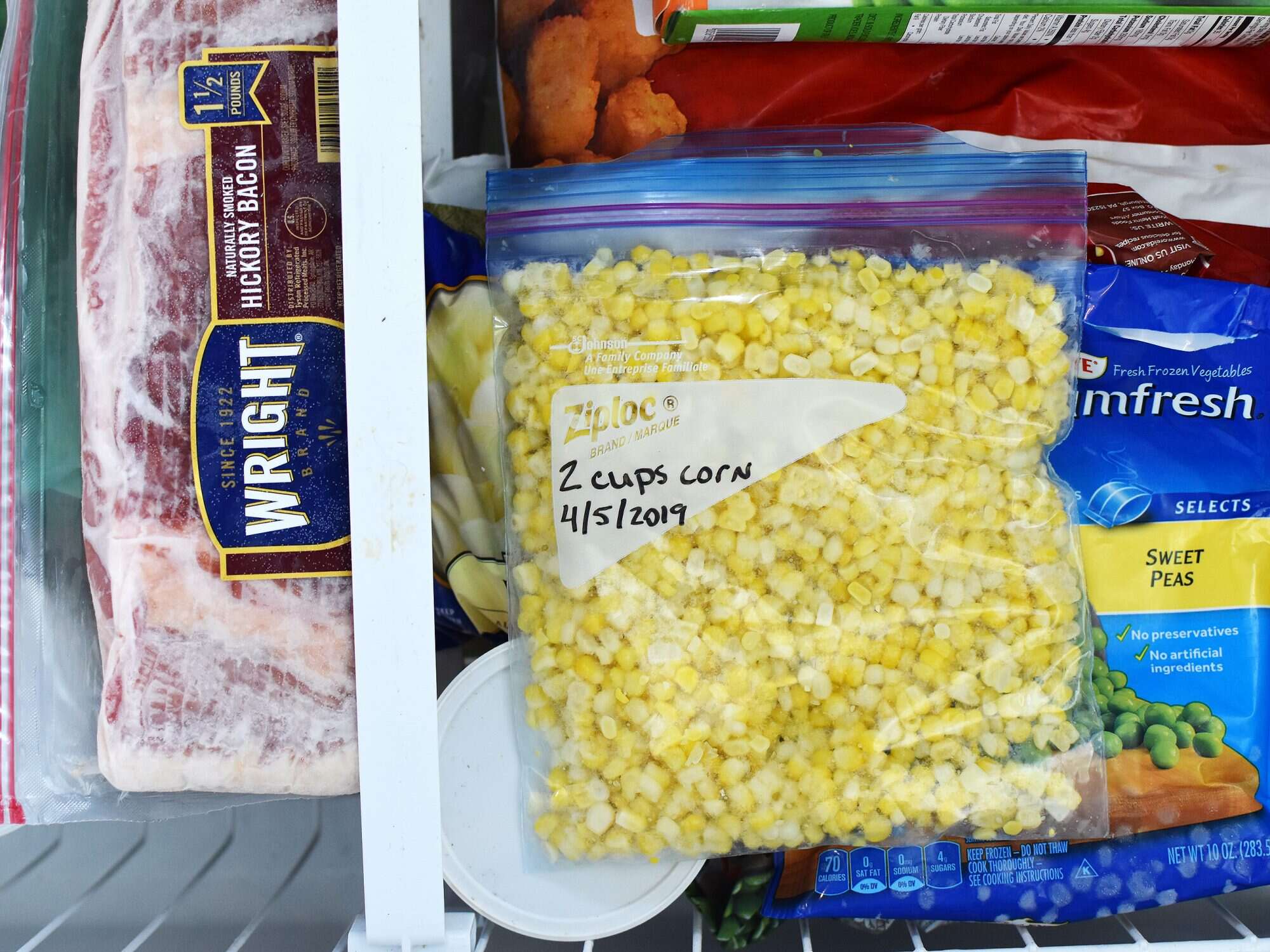

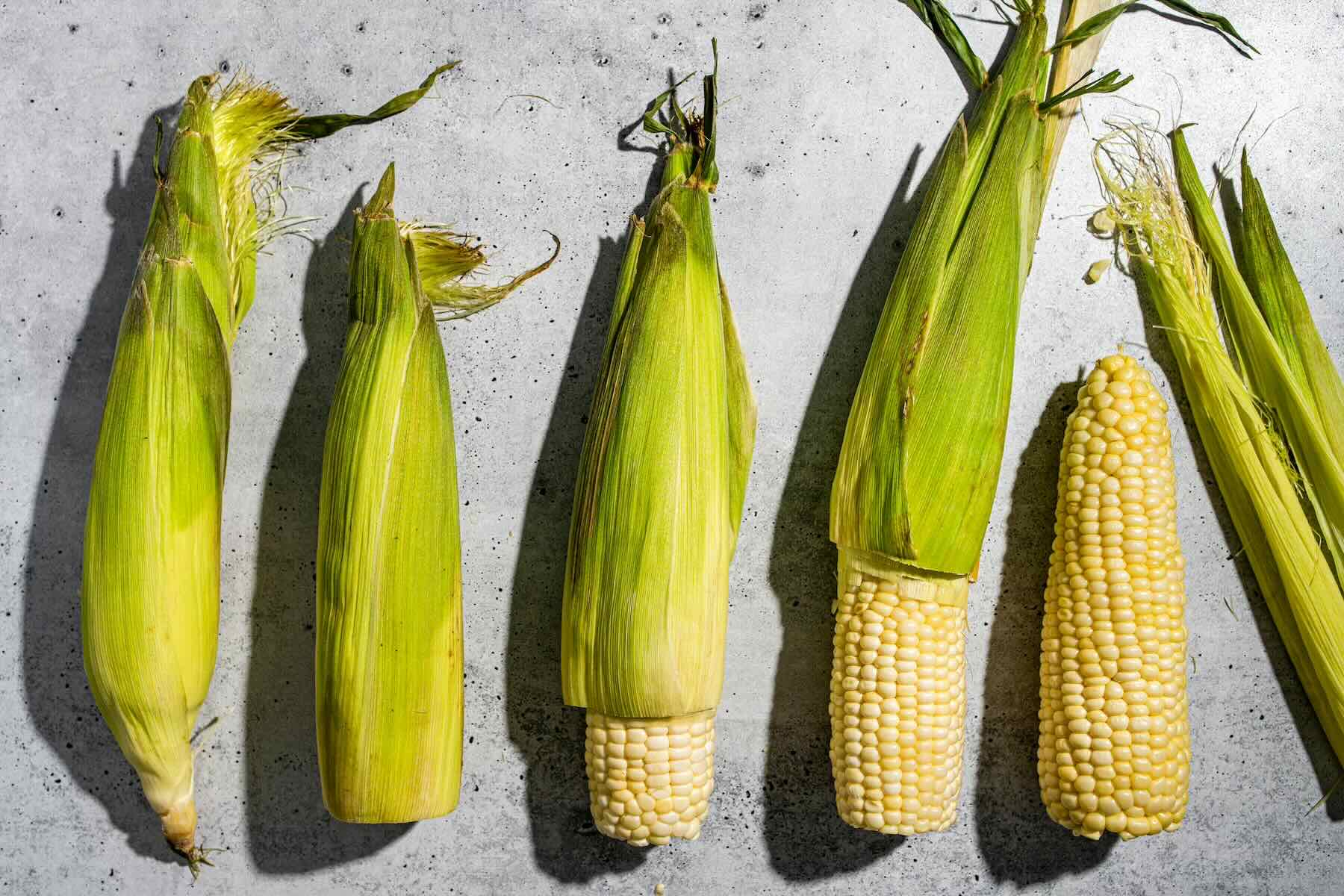
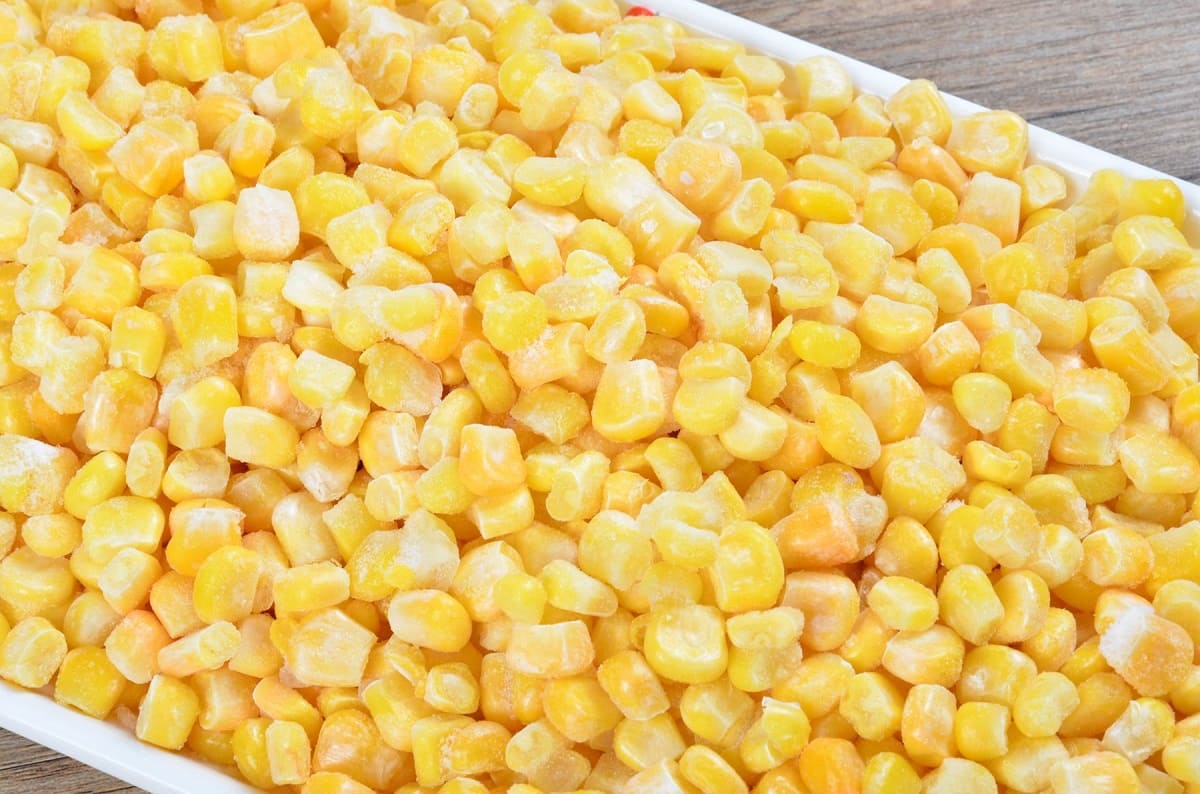
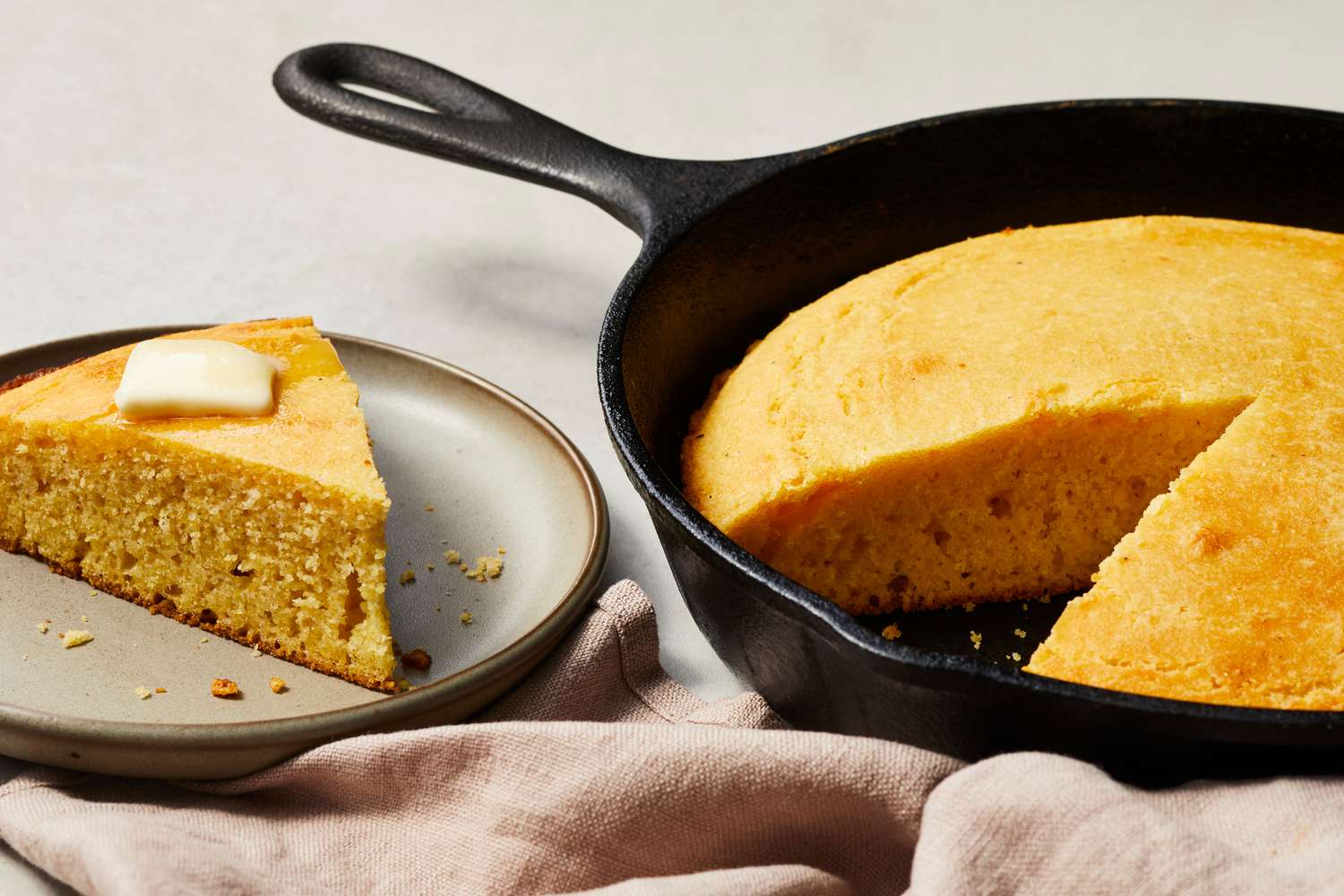
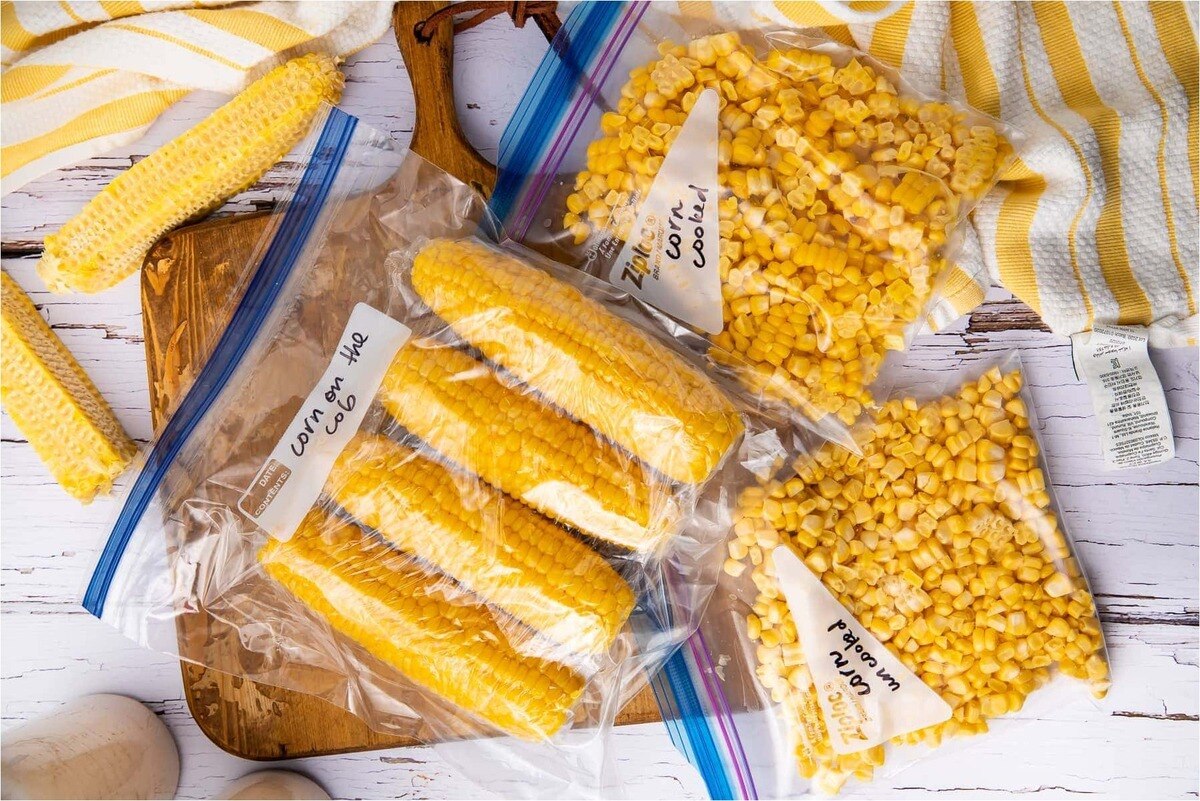
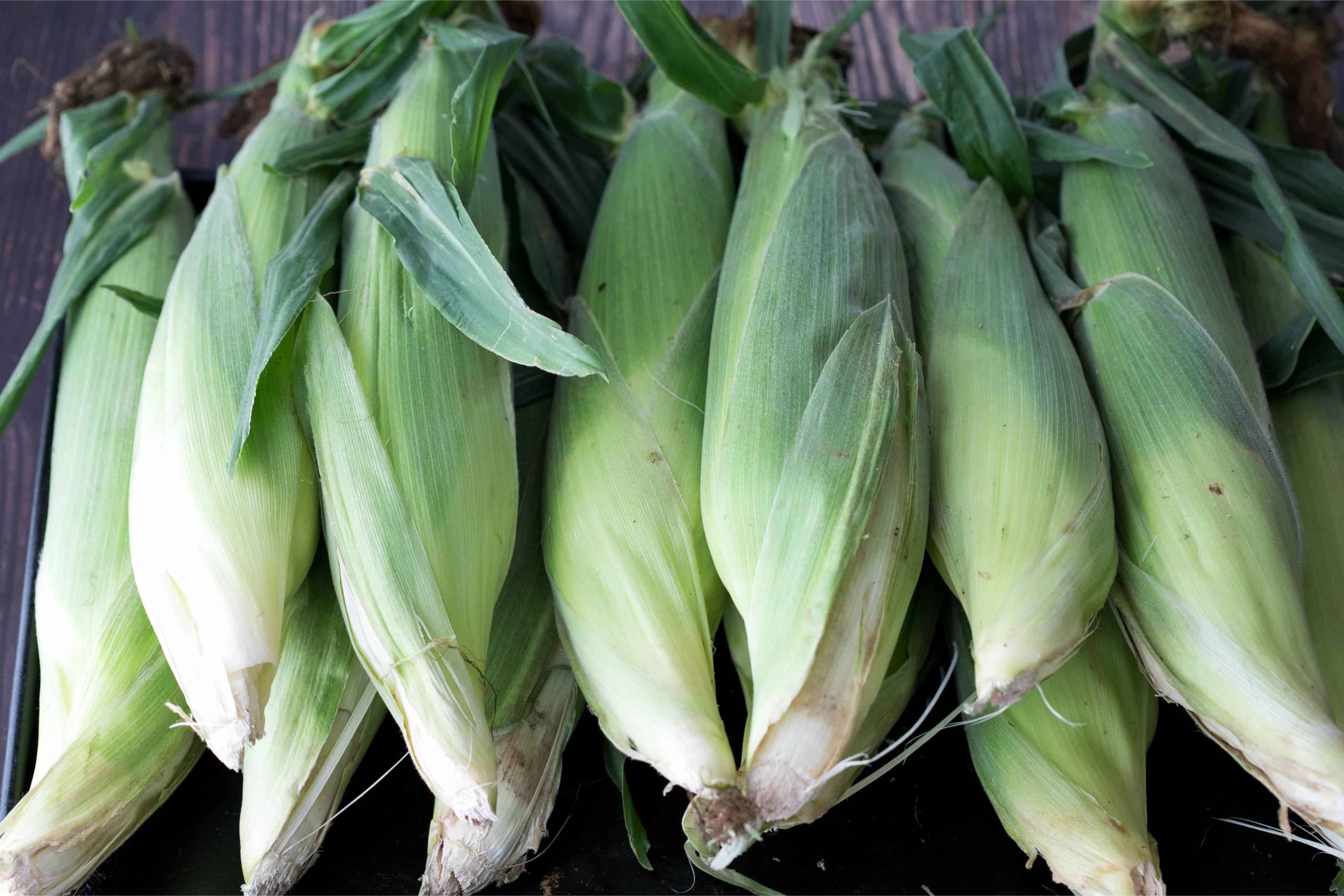

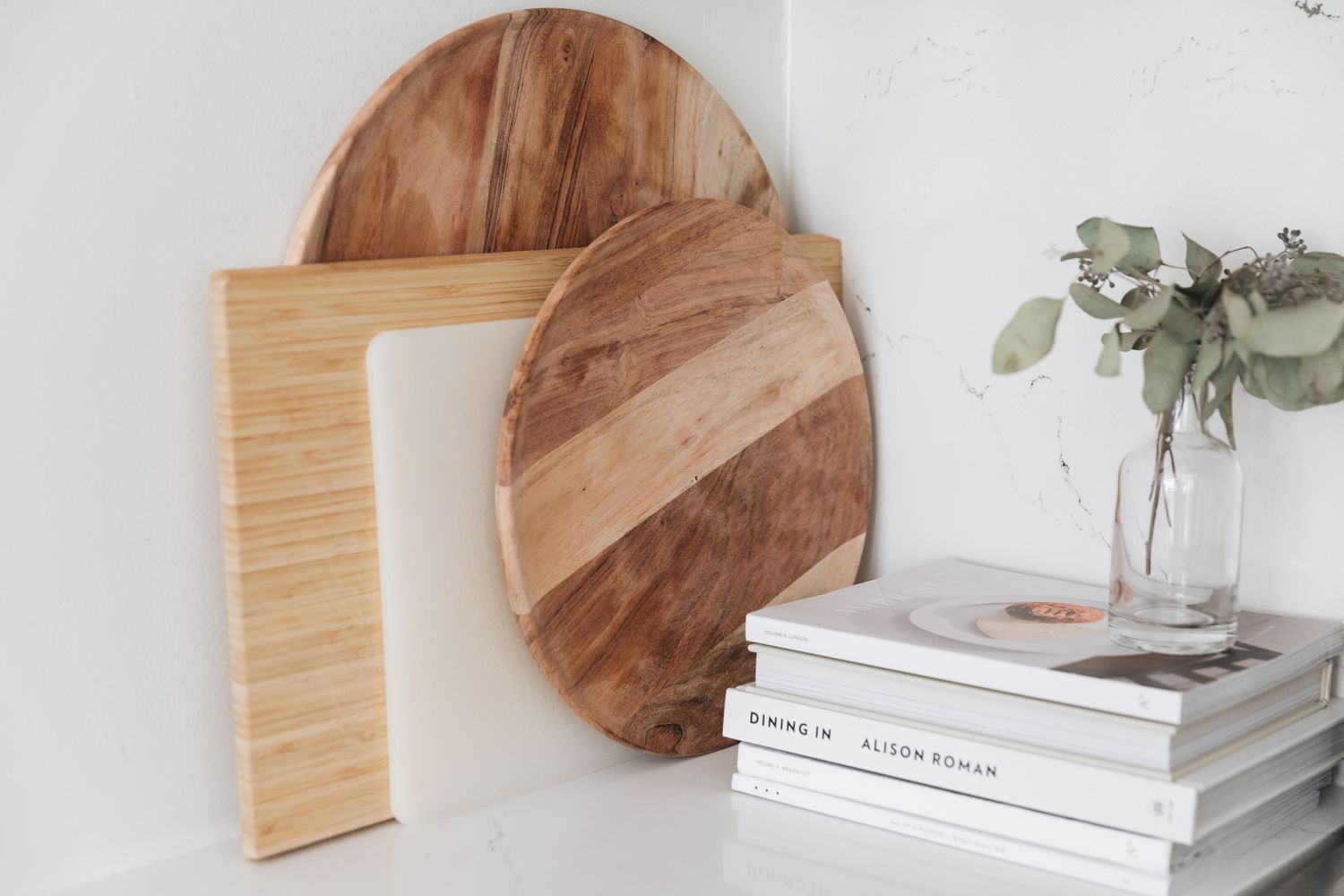
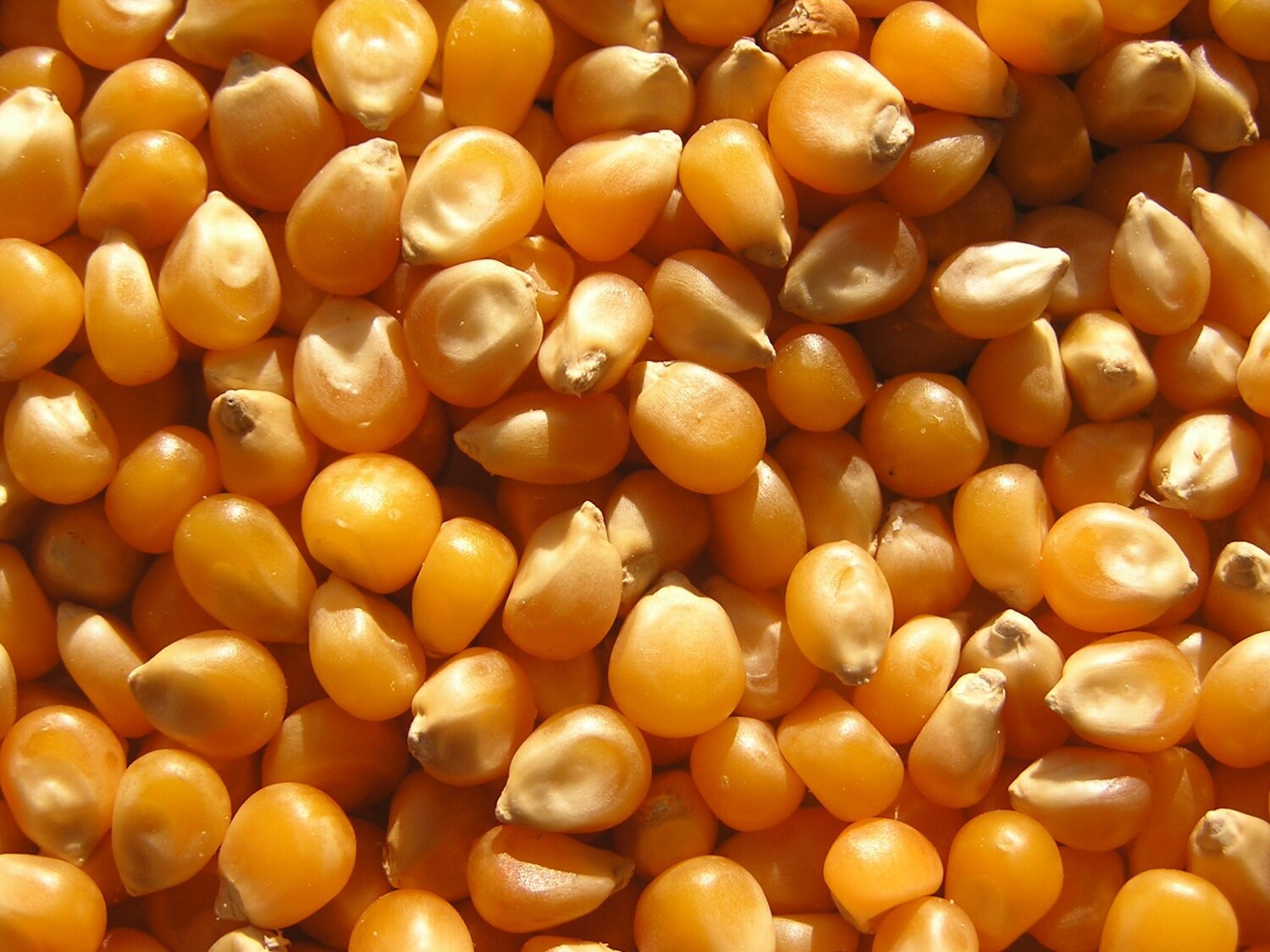
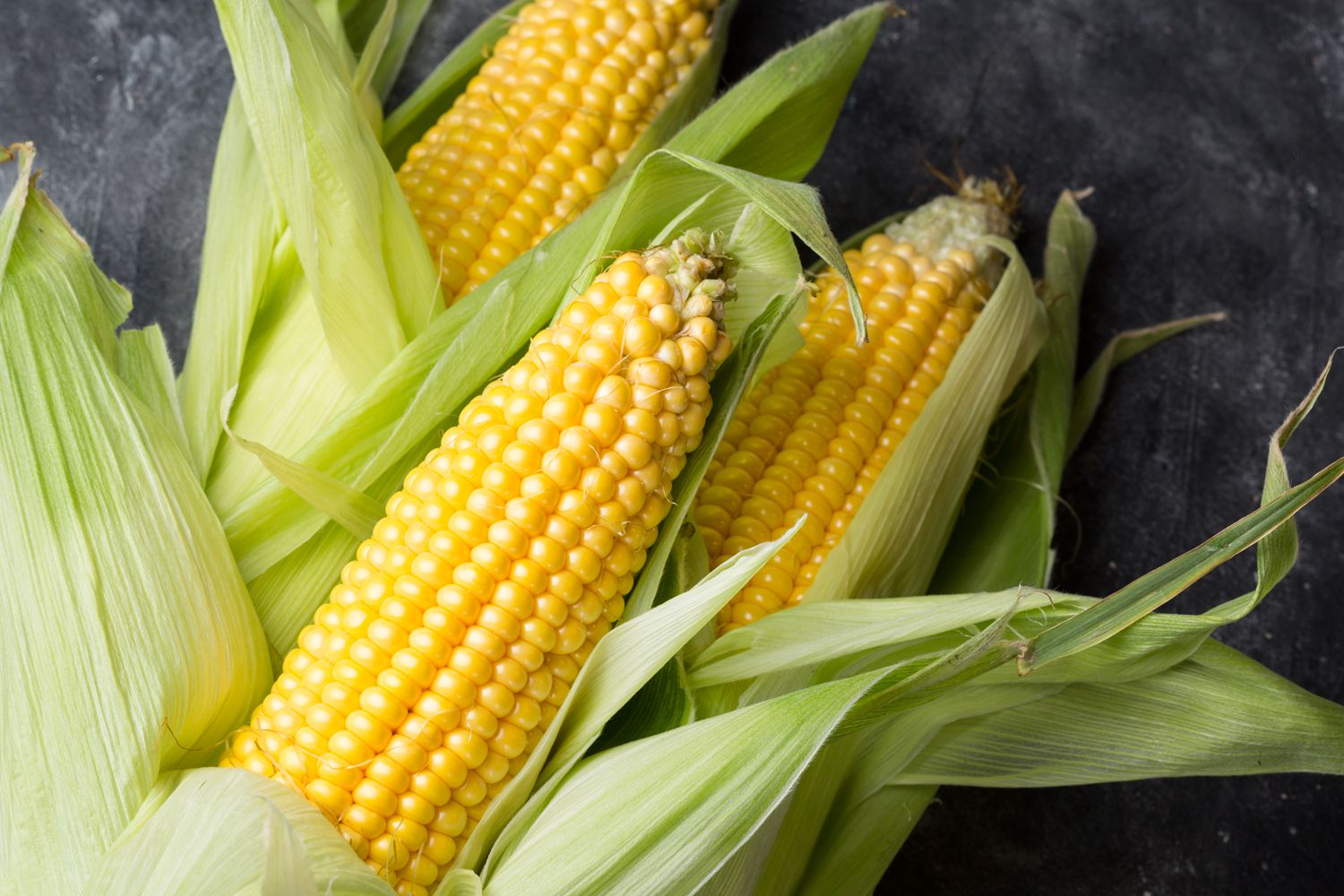

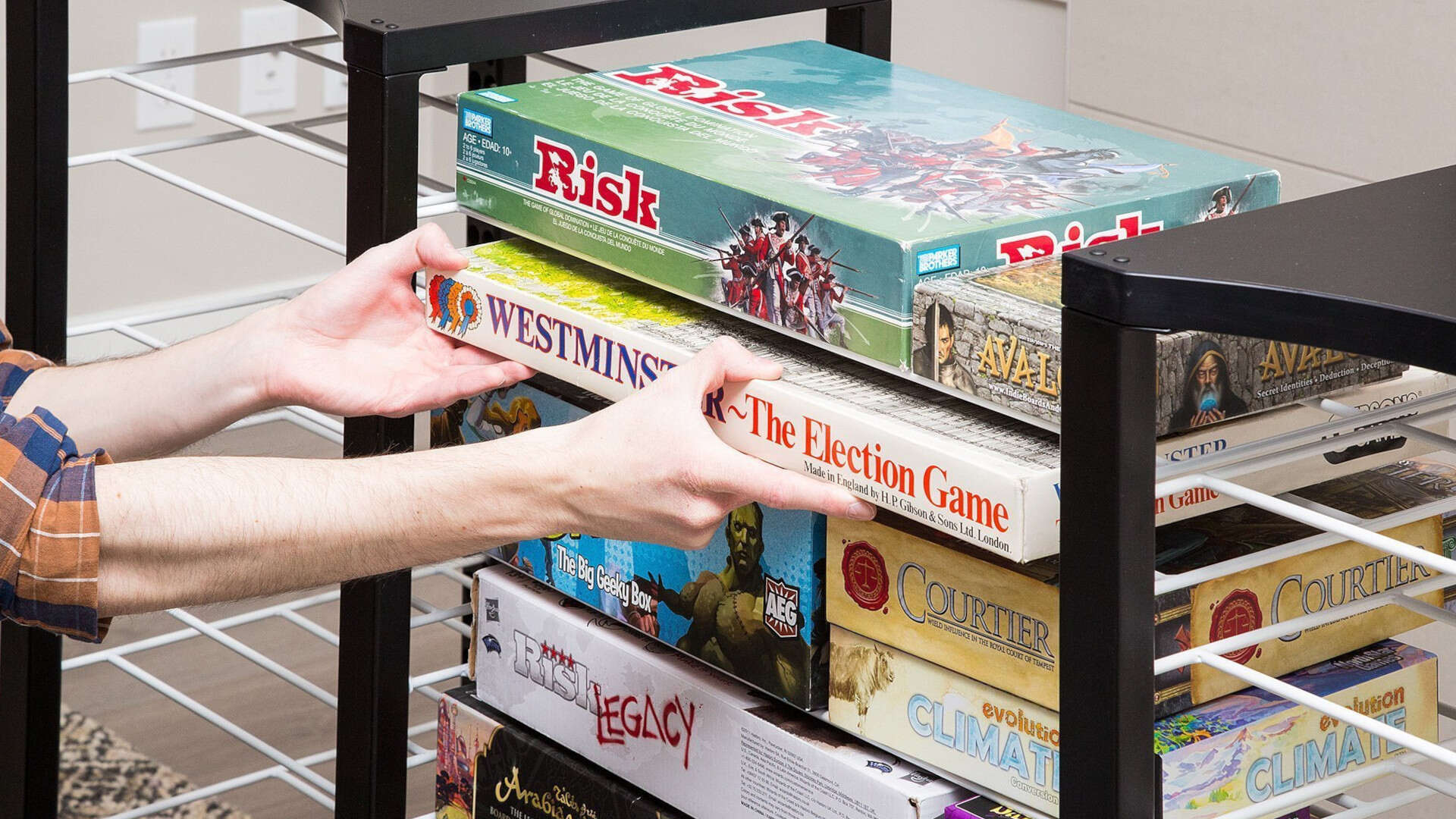
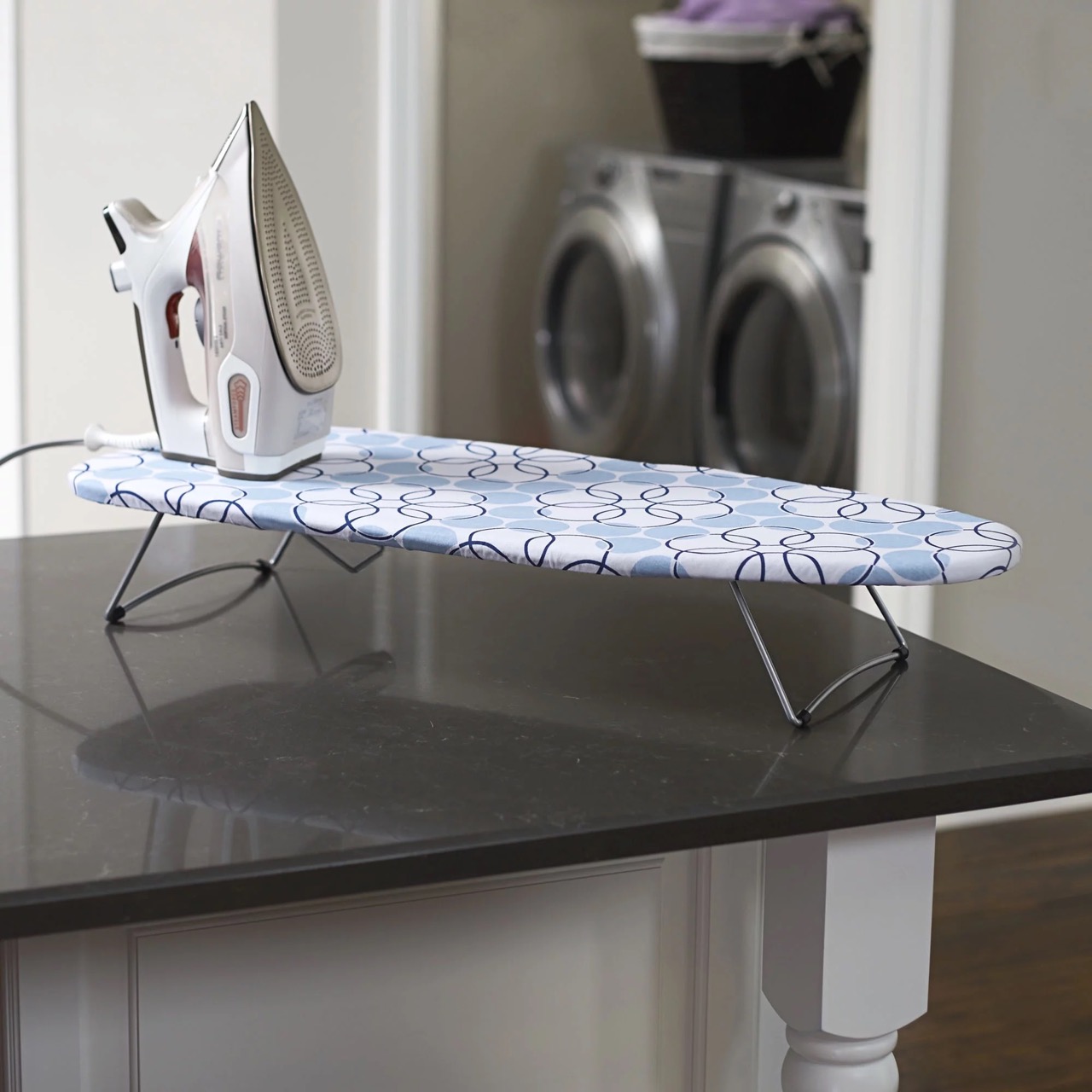

0 thoughts on “How To Store Corn Hole Boards”